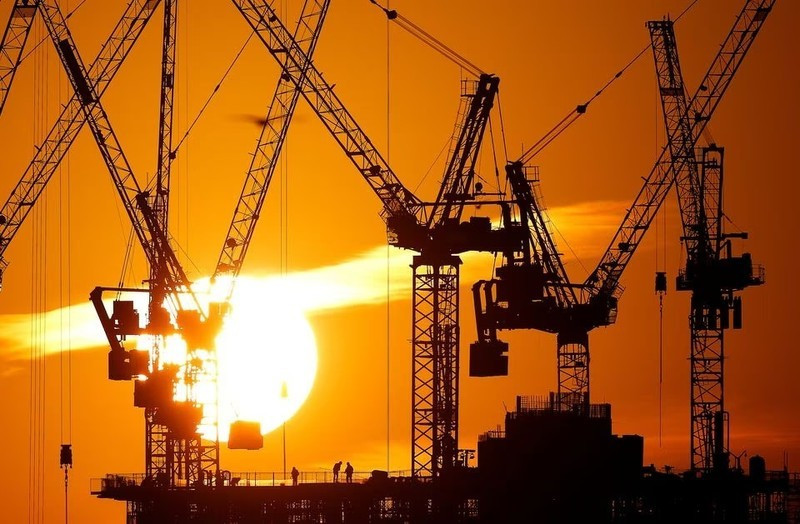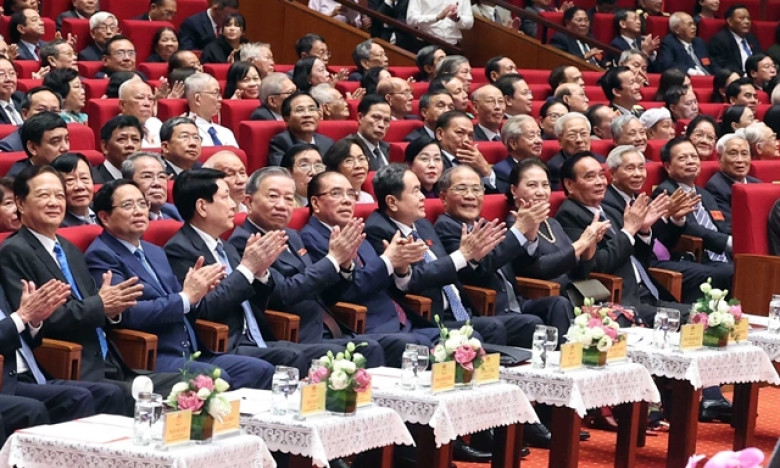Warning about the unfavourable scenario for global growth
The International Monetary Fund (IMF) forecasts that global growth will remain around 3% over the next five years, the slowest medium-term growth rate since 1990. The IMF warns that the slowdown in economic growth will be a “huge blow” to low-income countries , if not improved.
The annual spring meeting of the World Bank Group (WB) and IMF in 2023, is being held in Washington from April 10 to 16. At this year’s meeting, central bank officials, finance ministers, private sector executives and experts will discuss current “hot” global issues, includingthe world economic outlook, efforts to reduce poverty and improvements to aid activities. This year’s meeting of financial experts is expected to be very difficult in the context of a series of bank collapse in the US and Europe,and deep geopolitical division, threatening global financial stability.
Speaking on the eve of the meeting, IMF Managing Director Kristalina Georgieva said that, after a strong recovery in 2021, the world economy has suffered a severe shock from the conflict in Ukraine. Global growth in 2022 nearly halved, from 6.1% to 3.4%, while the growth pace is forecast to continue to slow down in 2023. The IMF predicts that the world economy will grow at less than 3% in 2023.
The IMF also points out that growth rates are markedly different between groups of countries. Emerging economies, especially in Asia, are the bright spots in terms of growth drivers. India and China are expected to contribute more than half of global growth in 2023. Meanwhile, economic activity slows in the US and the Euro Area, where rising interest rates weigh on consumer demand. About 90% of advanced economies are projected to experience a slowdown in growth in 2023.
For low-income countries, borrowing costs rise at a time when demand for exports is weakening. Low-income countries' growth in per capita income continues to lag behind growth in emerging economies. That is a heavy blow, making it even harder for low-income countries to keep up with the pace of development.
Strong monetary and fiscal policy actions and institutional coordination have helped prevent a worse outcome from happening. However, geopolitical tensions increased and inflation remained high. This hurts growth prospects for all regions, especially for the most vulnerable countries. Efforts to reduce poverty and heal the “economic scars” caused by the COVID-19 crisis, become more difficult.
It is the disagreement over debt restructuring that contributes to the challenge. According to the IMF’s report, about 15% of low-income countries are in debt distress, while another 45% are vulnerable to high levels of debt. About a quarter of emerging economies are also at high risk and in “near default”
The IMF’s leading economist pointed out the priorities for action to help the world gradually get out of the current multi-crisis situation, including boosting productivity and growth potential through structural reforms, acceleratingthe digital revolution, improving the business environment, promoting human resources and enhancingintegration. Narrowing the gap in women’s labour force participation could increase economic output by an average of 35%, in countries with high rates of gender inequality.
One of the important tasks is the need for a change in international cooperation, to reduce the impact of economic divergence and geopolitical tensions. Not only taking the lives of innocent people, but the war also exacerbates the cost of living crisis, spreads hunger to more places and increases the risk of conflict in trade and finance.






